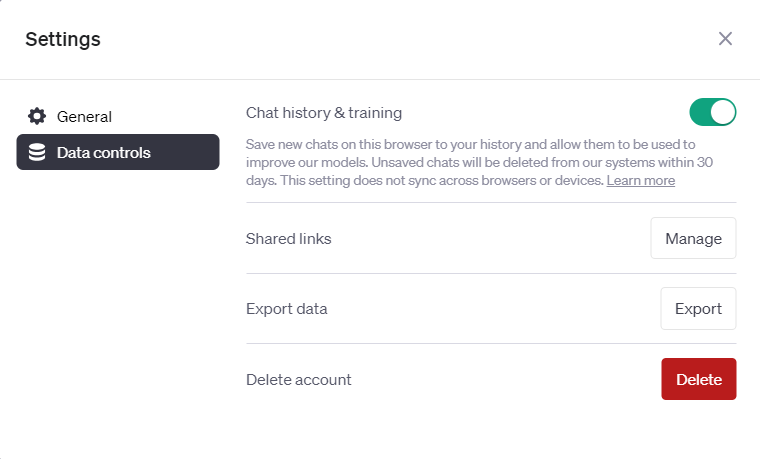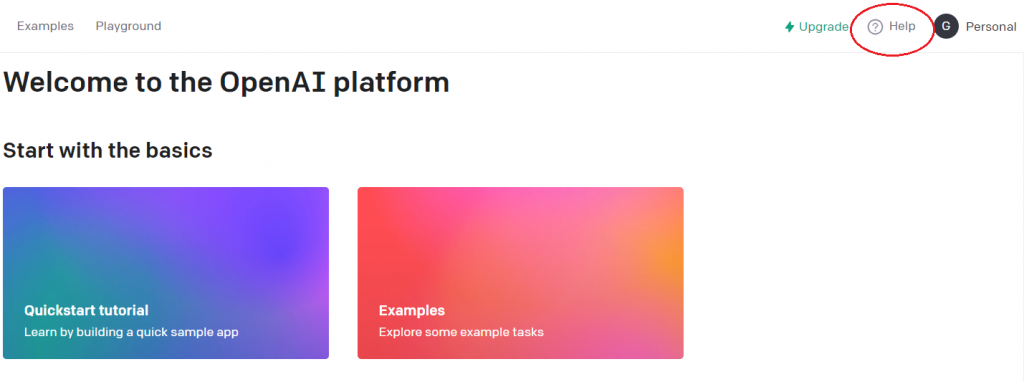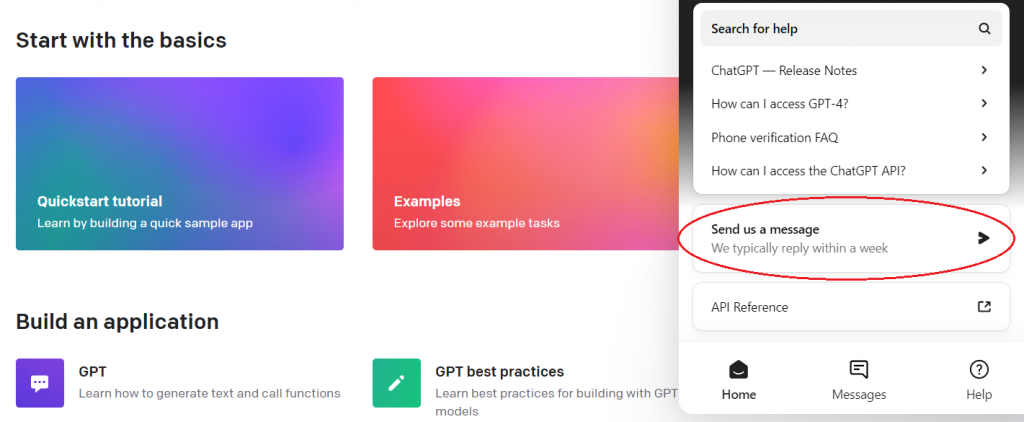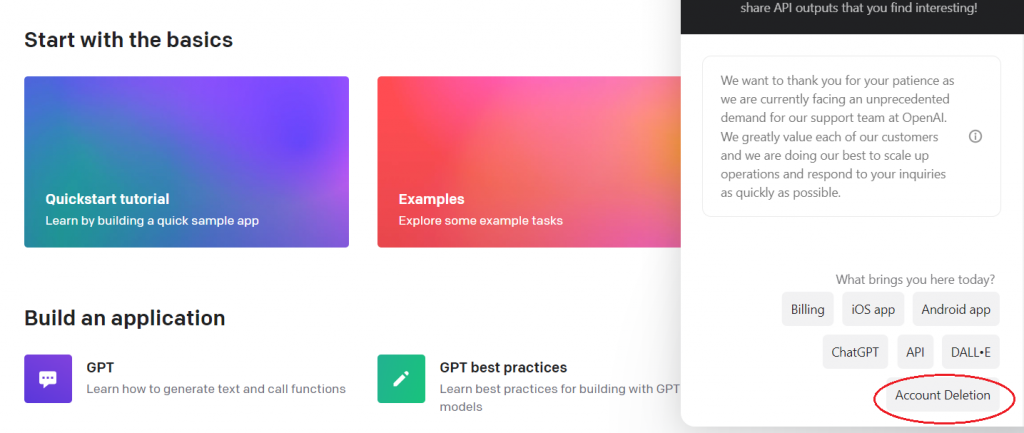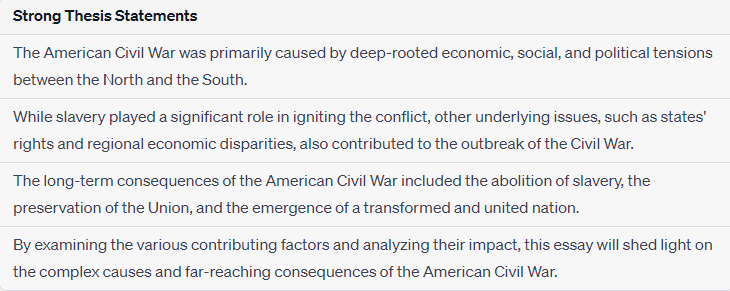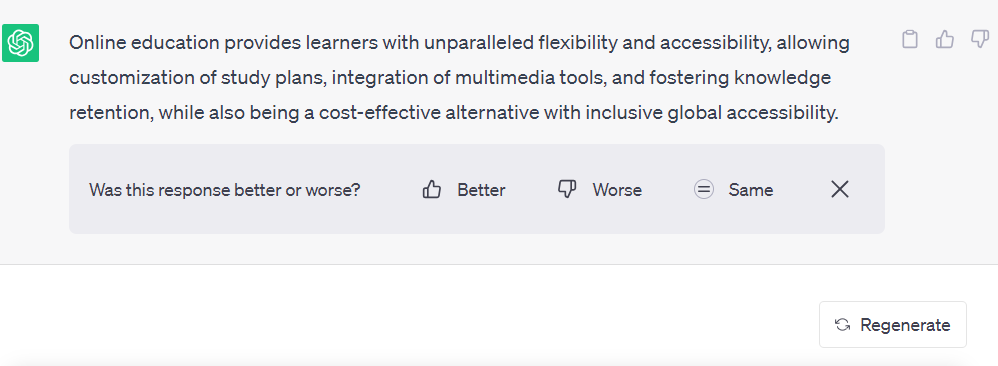Every writer aims to communicate their ideas clearly and effectively. However, even the most persuasive content can be undermined by simple errors. Have you ever started reading an essay and stopped because of numerous spelling or grammar errors? This is the result of not proofreading.
In essence, you wouldn’t want a messy layout to distract your reader from your main point. Proofreading is the solution!
The importance of proofreading an essay
Proofreading is a crucial step in the writing process that involves checking your work for spelling, grammar, and typographical errors. Proofreading is the last step before you submit, ensuring your document is refined and error-free. Once your content is organized, structured, and refined, it’s time to proofread. This means carefully checking your finished essay. While it might take time, the effort is worth it, helping you catch simple mistakes and improve your work.
But how can proofreading be done effectively and efficiently?

How to improve your proofreading skills?
When undertaking the important task of proofreading an essay, it’s crucial to focus on three primary areas:
- spelling
- typography
- grammar
Each of these elements plays a vital role in ensuring the clarity and professionalism of your writing.
Spelling
Spelling is a critical focus when proofreading. Despite the progression in technology and the availability of spell-check utilities, the hands-on approach of manually checking for spelling mistakes is still crucial. Here are the reasons:
- Professionalism. Correct spelling demonstrates professionalism and attention to detail.
- Clarity. Misspelled words can alter the meaning of a sentence, leading to potential misunderstandings.
- Credibility. Consistently correct spelling enhances the credibility of the writer and the document.
English is a complex language filled with words that are easily misspelled due to similar sounds, structures, or even modern technology’s autocorrect functions. A single error can disrupt your message’s clarity or undermine its credibility. Common spelling mistakes to watch out for:
- Homophones. Words that sound the same but have different meanings and spellings, like “their” vs. “there”, “accept” vs. “except”, or “it’s” vs “its.”
- Compound words. Confusion over whether to write them as single words, separate words, or hyphenated. For instance, “long-term” vs. “long term”, “everyday” (adjective) vs. “every day” (adverbial phrase), or “well-being” vs. “wellbeing.”
- Prefixes and suffixes. Errors often arise when adding prefixes or suffixes to base words. For instance, “misunderstood” vs. “misunderstand”, “independent” vs. “independent”, or “unusable” vs. “unuseable.”
The language has many exceptions, odd rules, and words taken from other languages, all with their own way of spelling. Errors are bound to happen, but with the right strategies, you can minimize them and boost your writing’s credibility. Whether you’re a beginner or an experienced writer, having the right tools and methods can help you tackle and get past these spelling challenges. Here’s a guide to help you tackle common spelling challenges head-on:
- Read aloud. It can help you catch errors that you might skim over when reading silently.
- Backward reading. Starting from the end of your document can make it easier to spot spelling mistakes.
- Use dictionaries. While spell-check tools are convenient, they’re not infallible. Always double-check doubtful words using trusted dictionaries.
Proofreading can help identify misspelled or misused words. If you know that you often misspell certain words, pay special attention to them and make sure they are spelled correctly. Use our proofreading service to thoroughly review and correct any written document. Our platform ensures that your work is flawless and leaves a lasting impression on your readers.
Typography
Checking for typographical errors goes beyond identifying simple misspellings; it covers making sure there’s correct capitalization, consistent font use, and the right punctuation in your essay. The precision in these areas helps in preserving the clarity and professionalism of your content. Important areas that need careful attention include:
| Category | Sections for review | Examples |
| Capitalization | 1. Beginnings of sentences. 2. Proper nouns (names of people, places, institutions, etc.) 3. Titles and headers. 4. Acronyms. | 1. Incorrect: “it is a sunny day.”; Correct: “It is a sunny day.” 2. Incorrect: “i visited paris in the summer.”; Correct: “I visited Paris in the summer.” 3. Incorrect: “chapter one: introduction”; Correct: “Chapter one: Introduction” 4. Incorrect: “nasa is launching a new satellite.”; Correct: “NASA is launching a new satellite.” |
| Punctuation | 1. Use of periods at the end of sentences. 2. Correct placement of commas for lists or clauses. 3. Application of semicolons and colons. 4. Proper use of quotation marks for direct speech or quotations. 5. Ensuring apostrophes are used correctly for possessives and contractions. | 1. Incorrect: “I love reading books It’s one of my favorite hobbies.”; Correct: “I love reading books. It’s one of my favorite hobbies.” 2. Incorrect: “I love apples pears and bananas”; Correct: “I love apples, pears, and bananas.” 3. Incorrect: “She wanted to play outside however, it started raining.”; Correct: “She wanted to play outside; however, it started raining.” 4. Incorrect: Sarah said, She will join us later. ; Correct: Sarah said, “She will join us later.” 5. Incorrect: “The dogs tail is wagging” or “I cant believe it.”; Correct: “The dog’s tail is wagging.” or “I can’t believe it.” |
| Font Consistency | 1. Consistent font style across the document. 2. Uniform font size for titles, subtitles, and main content. 3. Avoid unintentional bolding, italics, or underlining. | 1. Ensure that you’re using the same font, like Arial or Times New Roman, consistently. 2. Headings could be 16pt, subheadings 14pt, and body text 12pt. 3. Make sure your main text isn’t randomly bolded or italicized unless for emphasis. |
| Spacing | 1. Ensuring there are no unintentional double spaces after periods or within the text. 2. Ensure consistent space between paragraphs and sections. | 1. Incorrect: “This is a sentence. This is another.”; Correct: “This is a sentence. This is another.” 2. Ensure there’s uniform spacing, like 1.5 line spacing, throughout. |
| Indentation | 1. Consistent use of indentation at the beginning of paragraphs. 2. Correct alignment for bullet points and numbered lists. | 1. All paragraphs should begin with the same amount of indentation. 2. Ensure that bullets and numbers align neatly on the left, with text indented uniformly. |
| Numbering and bullets | 1. Consistent numbering for lists or sections in sequence. 2. Correct alignment and spacing between bullet points. | |
| Special characters | 1. Correct use of symbols such as &, %, $, etc. 2. Ensuring special characters are not mistakenly inserted due to keyboard shortcuts. | 1. Incorrect: “You and me”; Correct (in certain contexts): “You & me” 2. Be aware of symbols like ©, ®, or ™ accidentally appearing in your text. |
While clear issues such as misspellings can obstruct an essay’s readability, It’s frequently the finer points, like correct capitalization, consistent fonts, and proper punctuation, that really shows the quality of the work. By focusing on precision in these key areas, writers not only maintain the integrity of their content but also strengthen its professionalism, leaving a lasting impression on their readers.

Proofreading your essay for grammatical mistakes
Writing a good essay is not just about sharing great ideas, but also about using clear language. Even if the story is interesting, small proofreading grammar mistakes can distract the reader and reduce the essay’s effect. After spending a lot of time writing, it’s easy to miss these proofreading mistakes. That’s why it’s important to know common grammar proofreading problems. By being careful about these proofreading issues, you can write a clear and strong essay. Some common proofreading grammar mistakes are:
- Subject-verb disagreement
- Incorrect verb tense
- Incorrect use of pronouns
- Incomplete sentences
- Modifiers positioned incorrectly or left hanging
Subject-Verb disagreement
Ensure that the subject matches the verb in terms of number in every sentence.
Example 1:
In English grammar, a singular subject must be paired with a singular verb, and a plural subject should be paired with a plural verb. In the incorrect sentence, “dog” is singular, but “bark” is a plural verb form. To correct this, the singular verb form “barks” should be used. This ensures proper subject-verb agreement, which is essential for grammatical accuracy.
- Incorrect: “The dog always bark at night.” In this case, “dog” is a singular subject, but “bark” is used in its plural form.
- Correct: “The dog always barks at night.”
Example 2:
In the given incorrect sentence, “children” is plural, but the verb “runs” is singular. To rectify this, the plural form of the verb, “run,” must be used. Ensuring that the subject and verb agree in number is crucial for grammatical accuracy.
- Incorrect: “The children runs fast during the relay race.” Here, “children” is a plural subject, but “runs” is a singular verb form.
- Correct: “The children run fast during the relay race.”
Incorrect verb tense
Verbs indicate the timing of actions in sentences. Through various tenses, we can specify if an action occurred in the past, is happening now, or will take place in the future. Additionally, verb tenses can show if an action is continuous or has been completed. Understanding these tenses is essential for clarity in English communication. The table below provides an overview of different tenses and their uses.
| English Verb Tense | Past | Present | Future |
| Simple | She read a book. | She reads a book. | She will read a book. |
| Continuous | She was reading a book. | She is reading a book. | She will be reading a book. |
| Perfect | She had read a book. | She has read a book. | She will have read a book. |
| Perfects continuous | She had been reading a book. | She has been reading a book. | She will have been reading a book. |
To maintain clarity in your essay, it’s essential to use consistent verb tenses. Switching between tenses can confuse your reader and detract from the quality of your writing.
Example 1:
In the incorrect example, there’s a mix of past (went) and present (eat) tenses, which creates confusion. In the correct example, both actions are described using the past tense (went and ate), ensuring clarity and consistency.
- Incorrect: “Yesterday, she went to the market and eat an apple.”
- Correct: “Yesterday, she went to the market and ate an apple.”
Example 2:
In the incorrect example, there’s a mix of present (studies) and past (passed) tenses, leading to confusion. In the correct version, both actions are described using the past tense (studied and passed), ensuring the sentence is both clear and grammatically consistent.
- Incorrect: “Last week, he studies for the test and passed it with flying colors.”
- Correct: “Last week, he studied for the test and passed it with flying colors.”
Incorrect use of pronouns
Pronouns serve as substitutes for nouns, preventing unnecessary repetition in a sentence. The noun being replaced is known as the antecedent. It’s crucial to ensure that the pronoun you select corresponds accurately with its antecedent in terms of gender, number, and overall context. A common technique to ensure proper alignment is to circle both the pronouns and their respective antecedents in your writing. By doing this, you can visually verify that they are in agreement. Proper use of pronouns not only enhances clarity but also makes the writing flow more smoothly for the reader.
Example 1:
In the first sentence, the singular antecedent “Each student” is incorrectly paired with the plural pronoun “their.” This causes a discrepancy in the number. Conversely, in the second sentence, “his or her” is used, ensuring the pronoun matches the singular nature of “Each student” both in terms of number and gender. Proper alignment between pronouns and their antecedents enhances clarity and correctness in writing.
- Incorrect: “Each student should bring their own laptop to the workshop.”
- Correct: “Each student should bring his or her own laptop to the workshop.”
Example 2:
The singular noun “cat” is inaccurately paired with the plural pronoun “their.” This leads to a mismatch in quantity. The correct pairing should be a singular noun with a singular pronoun, as demonstrated in “Every cat had its own unique purr.” By aligning the singular antecedent “cat” with the singular pronoun “its,” the sentence maintains proper grammatical coherence and delivers a clear message to its readers.
- Incorrect: “Every cat had their own unique purr.”
- Correct: “Every cat had its own unique purr.”
Incomplete sentences
Ensure every sentence in your essay is complete, including a subject, verb, and clause. Fragmented sentences can break up your writing, so it’s important to find and fix them to make your writing clear and smooth. At times, merging two incomplete sentences can result in a full, coherent statement.
Example 1:
The sentence contains a fragment that lacks a clear subject or verb. By integrating this fragment into the previous sentence in the second example, we create a coherent thought.
- Incorrect: “The cat sat on the mat. Purring loudly.”
- Correct: “The cat sat on the mat, purring loudly.”
Example 2:
The two fragmented sentences have issues: one lacks a verb, while the other is missing a clear subject. By merging these fragments, a complete, coherent sentence is formed.
- Incorrect: “The library on Main Street. A great place to read.”
- Correct: “The library on Main Street is a great place to read.”
Modifiers positioned incorrectly or left hanging
A modifier is a word, phrase, or clause that enhances or clarifies the meaning of a sentence. Misplaced or dangling modifiers are elements that don’t correctly relate to the word they’re intended to describe. To rectify this, you might adjust the modifier’s position or add a word close by to make clear the subject you meant. It’s helpful to underline both the modifier and its intended target in your sentence to ensure it doesn’t mistakenly reference a different word.
Example 1:
In the incorrect sentence, it appears as though the gate is running, which is not the intended meaning. This confusion arises from the misplaced modifier “Running quickly.” The corrected version clarifies that it is the dog that is running, positioning the modifier closer to its intended subject.
- Incorrect: “Running quickly, the gate couldn’t be reached by the dog.”
- Correct: “Running quickly, the dog couldn’t reach the gate.”
Example 2:
In the initial sentence, the placement suggests the garden is made of gold. The revised sentence clarifies that it’s the ring that’s gold, ensuring the intended meaning is conveyed.
- Incorrect: “I found a ring in the garden made of gold.”
- Correct: “I found a gold ring in the garden.”

Essay proofreading guideline
Now that you’ve considered the mistakes to look for in your completed essay, as well as the importance of proofreading, try to apply what you’ve learned:
- Read your essay out loud slowly. Reading your essay out loud helps you catch mistakes and awkward wording because you’re using both your eyes and ears. By hearing each word, you can better notice errors and areas that need improvement. It makes it easier to find repeated words, make things clearer, and add variety to what you’ve written.
- Print a Copy of Your Essay. Printing your essay lets you see it in a new way, different from your computer screen. This can help you spot mistakes or layout problems you missed before. Plus, marking corrections directly on the paper can be easier for some people.
- Take breaks between proofreading sessions. Proofreading without breaks can make you tired and cause mistakes to go unnoticed. Taking pauses between proofreading sessions helps you keep a clear and fresh view. If you step away from your essay for a bit and come back later, you’ll see it with new eyes and be more likely to find mistakes you missed before.
- Take advantage of the proofreading checker. Use proofreading tools, such as ours, as essential elements in your editing process. Our service is designed to identify and highlight potential errors in your content, offering a comprehensive analysis of your text’s grammar, spelling, and punctuation. Utilizing these tools can significantly enhance the quality of your writing, ensuring it’s polished and, ultimately, making your essay flawless.
- Seek feedback from others. Getting input from someone else can be incredibly useful for finding problems you didn’t see in your own work. Sometimes, you need someone else to spot the mistakes you missed! Supportive feedback from friends, teachers, or mentors can help you improve your writing and make it more effective for your readers.
- Make a guided checklist. Develop a comprehensive checklist incorporating the insights you’ve gained from this information. Using a clear checklist can help you catch any remaining mistakes in your essay.
By integrating these strategies into your proofreading routine, you can greatly improve your essay’s quality, ensuring it’s well-structured, free from errors, and clearly conveys your ideas.
Conclusion
| Proofreading is essential to make sure our writing is trustworthy and clear. Even with modern technology, it’s important to personally check for spelling, grammar, and typing mistakes. Because English can be tricky, reading out loud, using dictionaries, and getting feedback from friends can help. Careful proofreading makes our writing look more professional and believable. |


















